15 Shade Garden Ideas
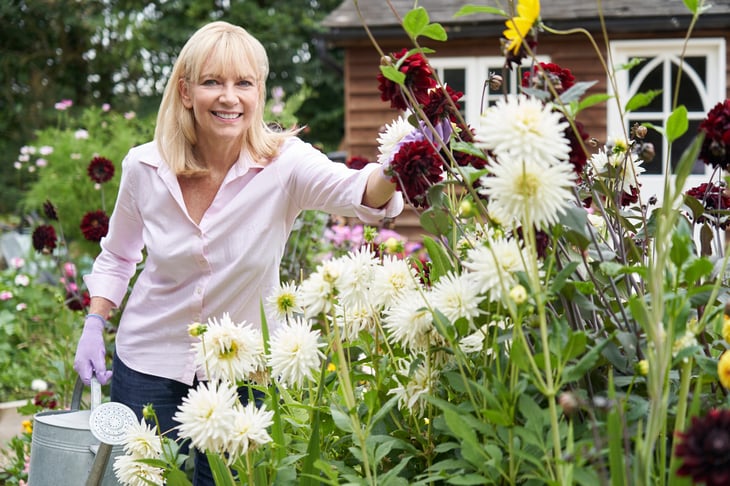
Editor’s Note: This story originally appeared on LawnStarter.
Shade gardens are among the best-kept secrets of the gardening world. Often seen as a plague on turfgrass and flowering plants, shade can boost your landscape’s curb appeal in more ways than one. We’ll show you how with these 15 shade garden ideas.
Rather than chop down your trees to allow more light for your lawn grass, try this: Plant some shade-loving hostas, hang a hammock and install a water fountain, and you’ve got yourself a relaxing paradise beneath a colorful tree canopy.
If you like what you’re hearing so far, there’s more where that came from. Spark your creativity with the following shade garden design ideas. They’ll enhance your landscape’s beauty and encourage more time spent outdoors –– even on those hot summer days.
1. Create a seating area

A garden is more than just a visual spectacle. It invigorates the senses with sweet-smelling flowers, textured foliage, and tweeting songbirds.
Set up a seating area in your shade garden so you can enjoy your garden’s sights, sounds, and scents for hours at a time. Whether you choose a garden bench or a table and chairs, a small seating area is a cozy place to relax quietly, drink some tea, and read a good book.
2. Grow flowering plants in groups
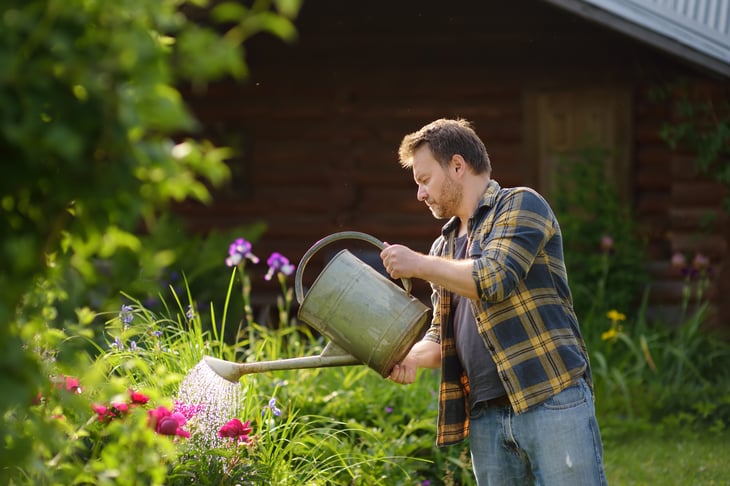
Create pops of color in the shade garden by growing flowering plants in uniform groups. For example, if you’re growing pink astilbe and purple foxglove, grow the flowers as separate mass groups rather than mixing them. Not only is this more attractive to the eye, but the masses of solid colors help pollinators locate their desired flowers.
3. Install a pathway
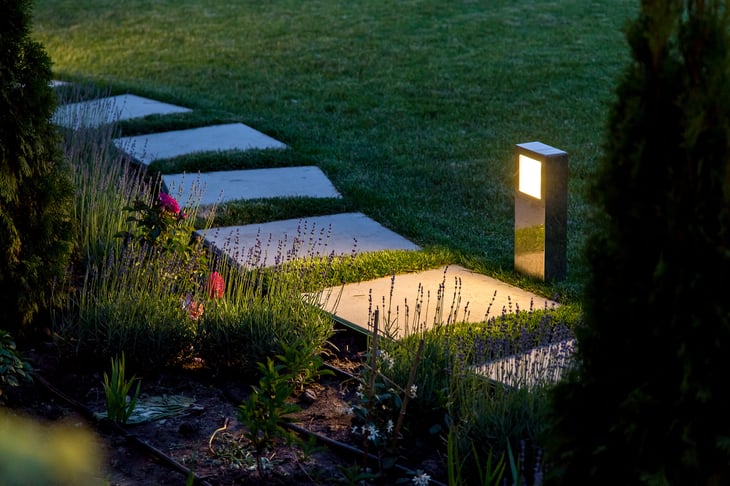
Charm your shade garden with a curving pathway that guides visitors through the garden and keeps foot traffic off your vulnerable plants. Path materials include gravel (which has a satisfying crunchy sound), stone pavers, wood, and brick pavers.
4. Texturize with ferns
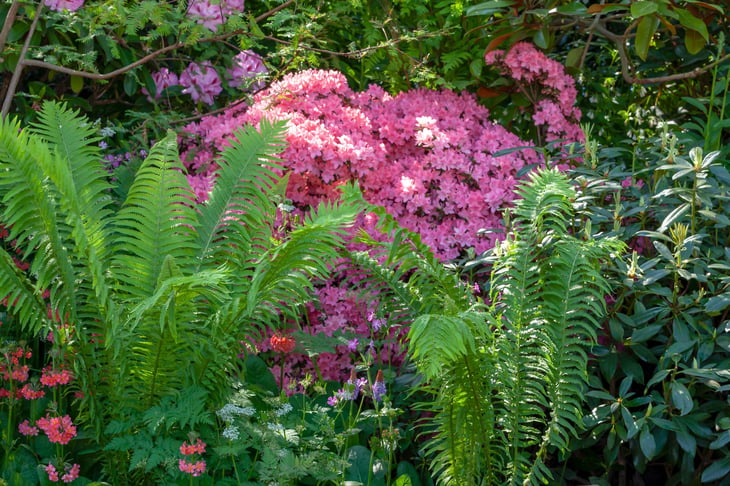
Texture doesn’t always have to be felt by the skin –– it can be seen by the eyes, too. Ferns might not feel like feathers, but they certainly give your shade garden a feathery, airy appearance. Soften your shade garden’s edges and hardscape areas with the plumy fronds of the ostrich fern or the Western sword fern.
5. Add visuals with variegated plants
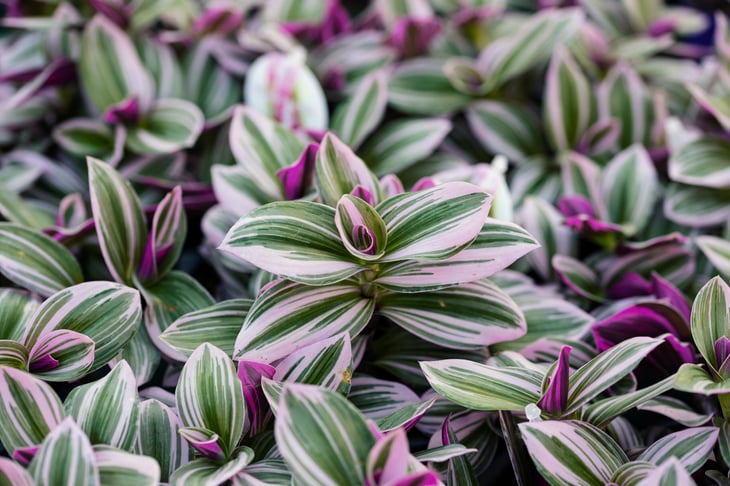
Shade gardens often have foliage plants, but that doesn’t mean green, green, green. Spruce up the foliage areas with variegated plants, such as hostas, elephant ears, and coleus plants.
Variegated plants contain irregular color patterns on their foliage, showing off streaks and dots of yellows, pinks, whites, greens, and reds. After adorning your shade garden with variegated foliage, you might wonder if Mother Nature has a secret paintbrush.
6. Relax with some water fixtures
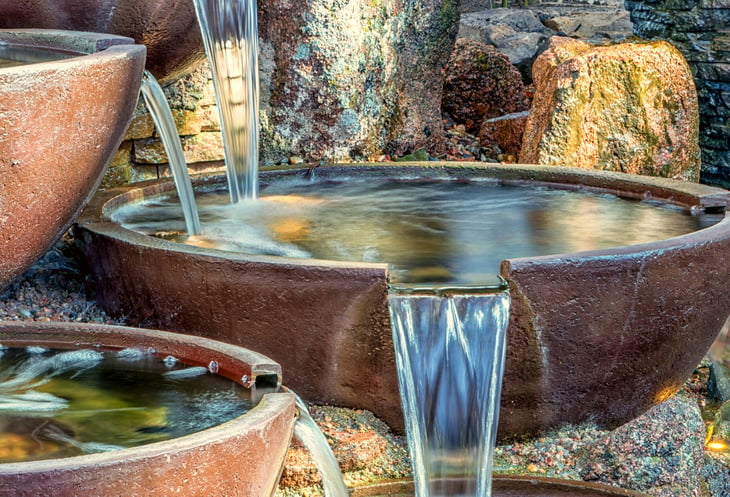
From babbling brooks to gentle raindrops, water sounds have a magical, calming effect. Why not add this soothing touch to your shade garden? You can keep it simple and buy a water fountain from your local home improvement store or take the plunge and build a small waterfall in your shade garden.
Water features are also a great way to attract wildlife to your shade garden. If you build a small pond just right, dragonflies, frogs, and damselflies might visit your yard. Bird baths invite local songbirds, and butterfly baths and bee baths attract helpful pollinators.
Pro tip: Add a waterfall to your stagnant pond and replace standing water once a week (such as from a bird bath) to help prevent mosquito eggs from hatching.
7. Grow small trees
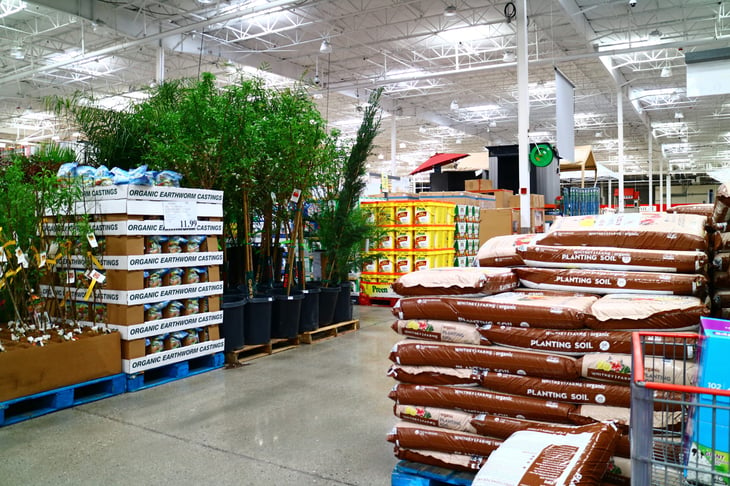
If your shade garden is nestled under a large forest canopy, dapple the shade garden with a few small trees, such as flowering dogwoods and Japanese maples. Small trees add attractive layers to your garden’s design, beautiful autumn and winter colors, and easy-to-reach hanging spots for bird feeders, wind chimes, and string lights.
8. Plan for the seasons
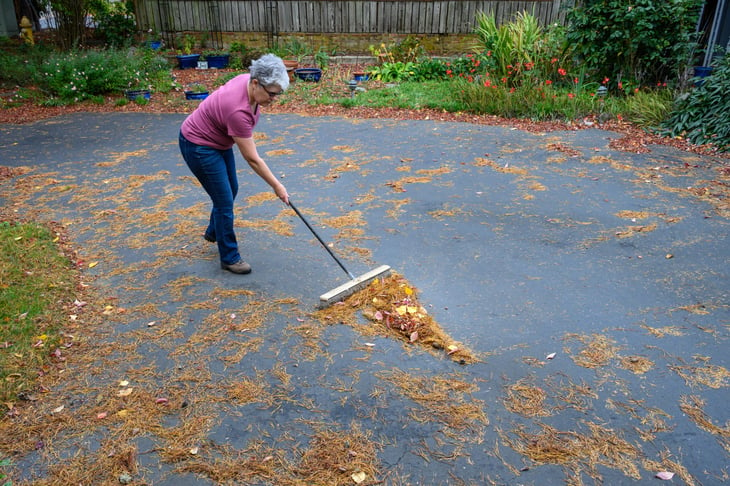
Choosing plants with various bloom times and seasons of interest allows you to enjoy your shade garden all year long. If all your plants bloom simultaneously, you’ll only get to appreciate your garden’s sights for a few weeks. And where’s the joy in that?
Spring and summer: Several shade-tolerant plants have beautiful blooms in spring and summer, including astilbe and foxglove.
Autumn: Grace your shade garden with brightly-colored deciduous trees like the flowering dogwood and Japanese maple.
Winter: Add winter interest to your shade garden with decorative hardscapes, evergreen shrubs, and beautiful winter tree bark. The flowering dogwood adds winter interest with its bright red berries, and the coral bark Japanese maple steals the show with its flaming red bark.
9. Grow up, up and away
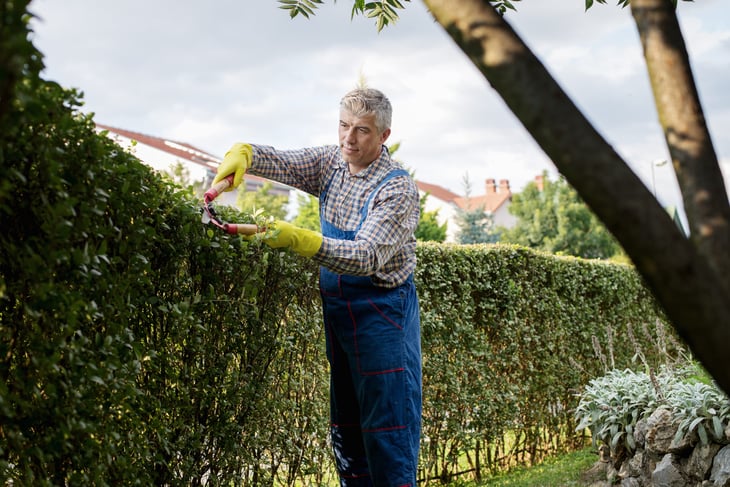
Have a small backyard and not much space for a shade garden? Consider growing your plants vertically instead of horizontally. Train shade-loving vines to climb trellises, arbors, and fences or hang plant baskets from trees and shepherd’s hooks.
10. Build a privacy fence
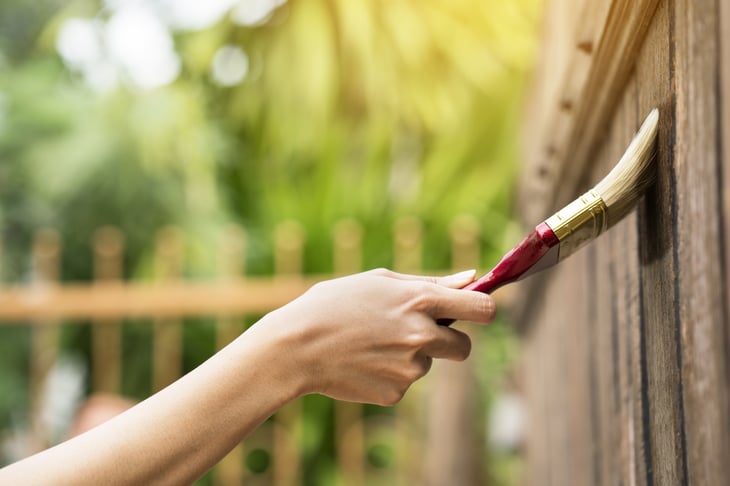
When your neighbors live a stone’s throw away from your backyard, it’s nice to have a little privacy. Wouldn’t it be nice to sit in the shade garden without wandering eyes or curious eavesdroppers?
A privacy fence can block the neighbors’ view and even absorb sound, depending on its design and material. Privacy fences also help block intruders and provide boundaries for pets and children.
11. Define with edging

Ever notice how some flower beds fade into the landscape while others snatch your attention? Edging may have something to do with it –– garden beds with clear borders allow your eyes to see where the surrounding landscape ends and the garden begins, making the garden pop against the background.
Edging accentuates the garden’s borders, and you can do it in several ways. Examples of edging include:
- Trimming the turfgrass around the garden bed.
- Installing rocks or bricks along the borders.
- Defining the borders with low-growing plants (coleus plants look stunning along shade garden edges).
12. Hang a hammock

Nothing says relaxing summer afternoon like a nap on a shaded hammock. Add a complimentary hanging basket chair and outdoor library box, and your shade garden will replace the TV room.
13. Go crazy with containers
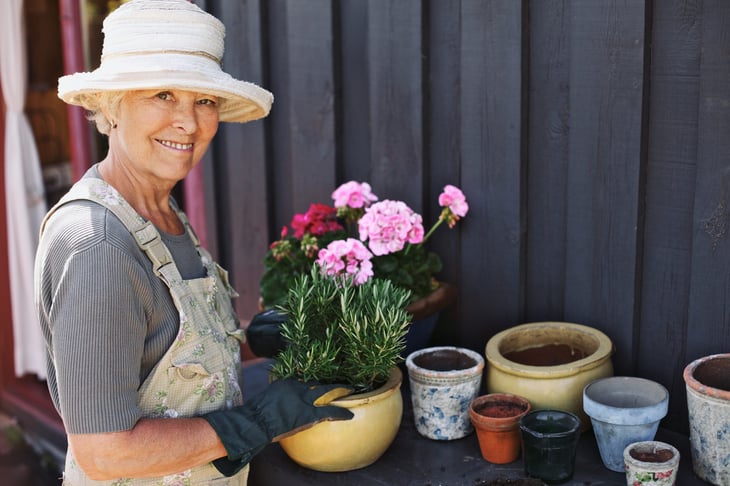
Are you unhappy with your garden’s soil or want to change the garden’s design on a whim? Try your green thumb at container gardening. It gives you more control over the garden’s soil health and allows you to rearrange plants whenever the mood strikes.
Container gardening is also an excellent choice for people with limited mobility (you don’t have to get on your hands and knees to tend to the garden) and for people with little to no soil space on their property. Hostas, elephant plants, and ferns grow well in containers, provided the containers are the appropriate size.
14. Install outdoor lighting
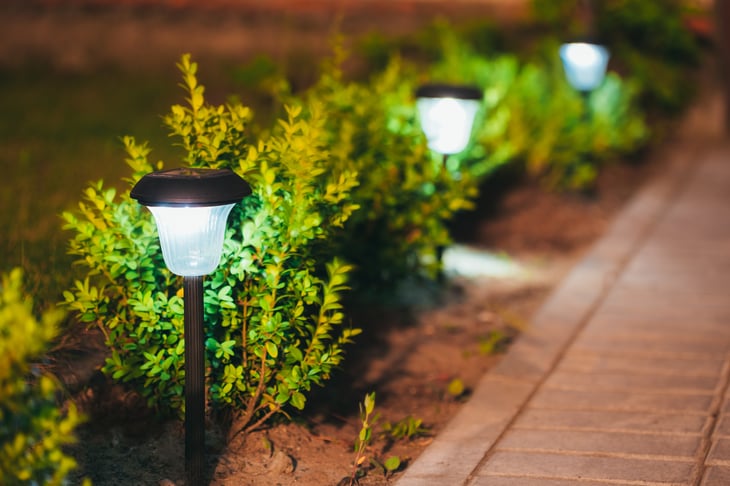
Do you want to quietly sit in your shade garden while watching the fireflies pass you by? Install outdoor lighting so you can admire the garden all hours of the day, even when the sun goes down.
If you’re taking an evening stroll through the garden, the lights increase safety by helping you walk carefully and spot any wandering animals. Lighting ideas include string lights hanging from tree branches, solar-powered walkway lights, and lanterns hanging from shepherd’s hooks.
15. Stick to a theme
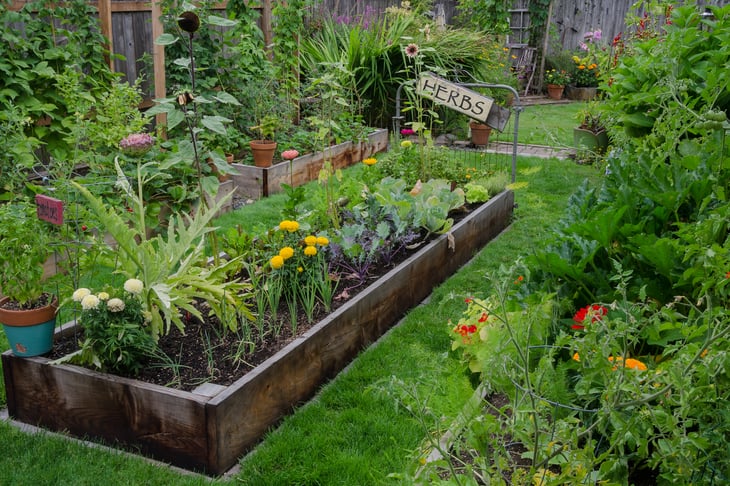
You aren’t limited to hostas and ferns when designing your shade garden. Your shade garden can adopt an innovative style, such as a rock garden, xeriscape, or tropical garden.
Once you decide on a garden style, research plants, colors, textures, and hardscaping materials that blend with the theme. For instance, shade-tolerant succulents are perfect for a tropical or xeriscape shade garden, and gravel is a complimentary hardscaping material for woodland shade gardens.
